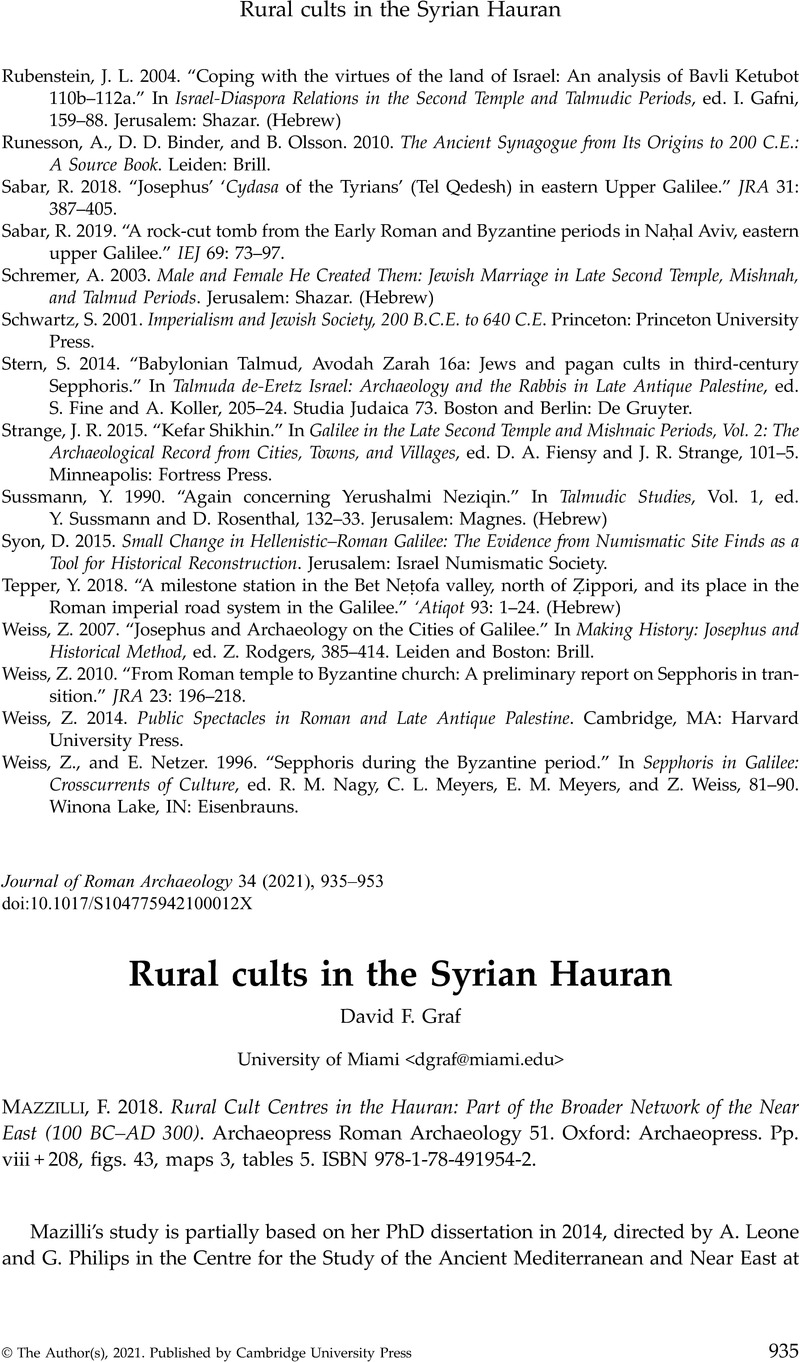Macdonald, M. C. A. 1995. “
Herodian echoes in the Syrian desert.” In
Trade, Contact, and the Movement of Peoples in the Eastern Mediterranean: Studies in Honour of J. Basil Hennessy, ed.
Bourke, S. and
Descoeudres, J.-P.,
285–90. Mediterranean Archaeology Suppl. 3.
Sydney:
Meditarch.
Google Scholar 